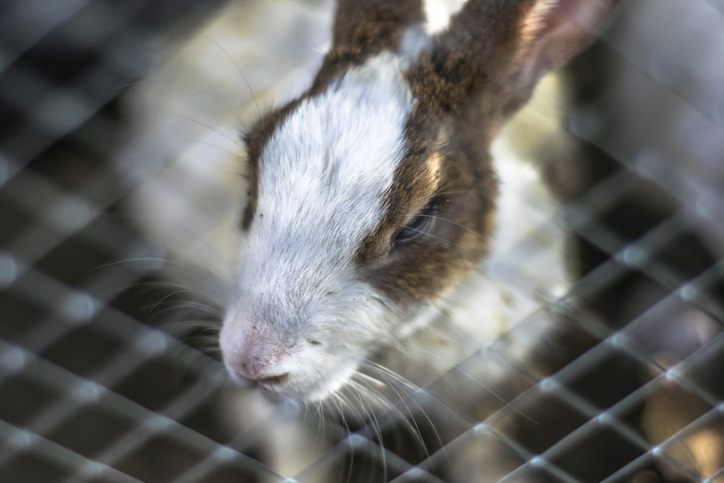Can you spot the signs of animal testing? While reading labels is a good place to start, it doesn’t tell the whole story. Understanding how animal testing works, and how companies use it, can help you choose the most ethical brands to support.
An Ethical, Cruelty-Free Lifestyle
When you know what the signs of animal testing are, you can determine which brands and products you should use and which you should avoid. Committing to an ethical and cruelty-free lifestyle has many benefits – such as safer, non-toxic cosmetic ingredients and an emphasis on eco-friendly qualities – and learning about labeling and animal testing helps to ensure that you only use products that fit with your personal morals and values.
Animal Testing of Cosmetics
Millions of animals, including dogs, cats, mice, and rabbits, are exposed to animal testing every year; much of the testing is cruel and unnecessary. As defined by Humane Society International, “Animal testing” refers to procedures performed on living animals for purposes of research into basic biology and diseases, assessing the effectiveness of new medicinal products, and testing the human health and/or environmental safety of consumer and industry products such as cosmetics, household cleaners, food additives, pharmaceuticals and industrial/agro-chemicals.
Although not required by law, several tests are commonly performed to test cosmetic ingredients on animals, including the Draize test. This method is used to measure the danger posed by a product or ingredient to the eyes and vision. In this test, rabbits are subjected to deliberate application of the testing substance to their eyes, and then the effects are monitored. This is done repeatedly until the experiment is concluded. At the end of testing, most of the animals are killed.
After learning about the inhumane practices that comprise animal testing methods and understanding that animal testing is not required by U.S. law and there are plenty of non-animal testing methods available that get more accurate results cheaper and quicker without causing harm — it’s no wonder that many consumers have committed to cruelty-free shopping and product use.
Signs a Brand May Not Be Cruelty-Free
If a brand exhibits any of the six aspects below, it may be a sign that they still use animal testing.
Their labels: If a brand’s labels feature images of happy animals and nature, but don’t include the words “cruelty-free” or “never tested on animals,” then chances are that they do engage in animal testing. Brands that don’t test on animals are proud of their cruelty-free practices and tend to share them freely.
Their website: The brand’s website should indicate their stance on animal testing; you may have to do some digging, but if you don’t see a page with specifics on their stance, you can assume they most likely incorporate animal testing.
Their parent brand: Buying a product labeled “cruelty-free” is a good start – but you need to know who makes the item in question. A lot of smaller brands are owned by large conglomerates, and many of those organizations have failed to take a position on animal testing. If you buy a cruelty-free product from a brand whose parent company is still using animal testing methods, you’re not really investing your money in an ethical brand.
Their commercials: Commercials and ads for ethical brands can use the terms “never tested on animals” and “cruelty-free” in their advertising. Brands that still test on animals cannot make these claims.
Third party apps and sites: Apps and websites like Cruelty-Free Kitty can help pinpoint cruelty-free products and brands, and maintain updated lists that include details about which brands still use animal testing. Third parties with an objective viewpoint can help provide you with the information you need to make a savvy decision.
Where the product is made: Some countries do not have the same protections as others when it comes to animal testing. Products imported from China, or K Beauty products from Korea, most likely involve animal testing – and if the label is in another language, it could be hard to tell for sure.
Identifying ethical companies and products that use animal testing takes a little extra time and research, but if you’re committed to an ethical lifestyle, it’s well worth the effort. Over time, you’ll be able to create a list of ethical products and trusted brands that you can rely on and support in good conscience.


